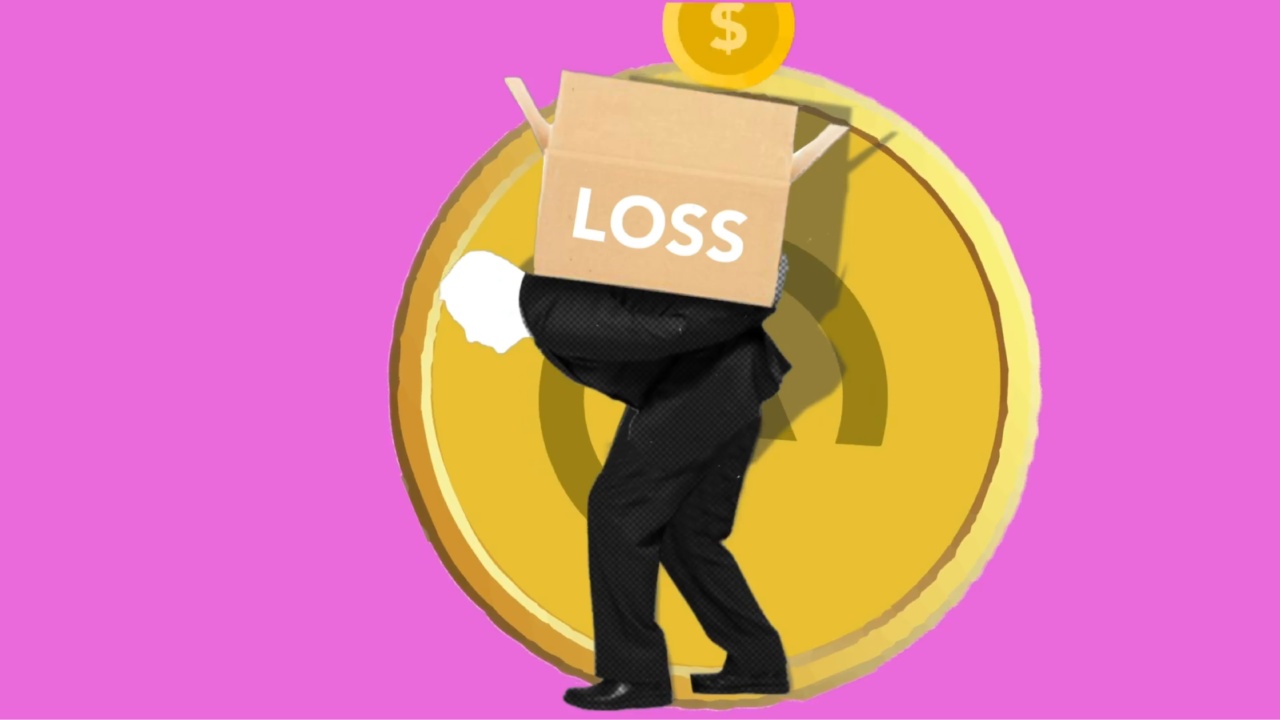A hernia is a medical condition that occurs when an internal organ or tissue bulges through a weak spot in the muscles that surround it. The most common types of hernias are inguinal hernias, hiatal hernias, and umbilical hernias.
Hernias can be caused by various factors such as age, genetics, obesity, pregnancy, and lifting heavy weights.
If left untreated, hernias can lead to serious complications such as strangulation, where a loop of intestine is trapped and the blood supply is cut off.
To prevent hernias and reduce the risk of complications, there are some tips and lifestyle changes you can follow. Here are ten tips to decrease hernia risk:.
1. Maintain a Healthy Weight
Excess weight can put a strain on your muscles and increase the risk of hernias. Maintaining a healthy weight through diet and exercise can reduce the strain on your muscles and help prevent hernias.
Aim for a healthy Body Mass Index (BMI) and avoid crash diets, which can weaken your muscles and increase the risk of hernias.
2. Exercise Regularly
Exercise can strengthen your muscles and improve your overall health, which can reduce the risk of hernias.
Focus on exercises that strengthen your core muscles such as sit-ups, planks, and squats, which can help support your abdominal muscles and reduce the risk of hernias. However, avoid lifting heavyweights which can put excessive strain on your muscles, leading to hernias.
3. Quit Smoking
Smoking can affect your body’s ability to heal and increase the risk of hernias. It weakens the tissues of muscles that help to hold organs in place. If you smoke, quitting can reduce the risk of hernias and improve your overall health.
4. Lift Objects Properly
Lifting heavy objects improperly is one of the most common causes of hernias. When lifting objects, bend your knees and keep your back straight.
Avoid bending at your waist, as this can put excessive strain on your abdominal muscles and increase the risk of hernias.
5. Avoid Constipation
Chronic constipation can lead to straining during bowel movements which can put pressure on the muscles in your abdomen. This pressure can weaken your muscles and increase the risk of hernias.
To avoid constipation, drink enough water, eat fiber-rich foods, and avoid delaying bowel movements.
6. Practice Good Posture
Poor posture can weaken your back muscles and increase the risk of hernias. Stand up straight with your shoulders back and your abs tight. This can help support your muscles and reduce the risk of hernias.
7. Avoid Heavy Lifting
Heavy lifting puts excessive strain on your muscles, making them more prone to hernias. Avoid carrying heavy bags, suitcases, or other objects that strain your muscles. If you have to lift heavy objects, ask for help or use a trolley.
8. Wear Proper Clothing
Tight-fitting clothes such as skinny jeans and belts can put pressure on your abdominal muscles and increase the risk of hernias. Wear loose-fitting clothing that allows you to move freely without constriction.
9. Treat Chronic Coughing
Chronic coughing can weaken your abdominal muscles and increase the risk of hernias. If you have a persistent cough, seek medical attention to treat the underlying cause.
10. Be Aware of Hernia Symptoms
It’s essential to be aware of hernia symptoms to seek medical attention promptly.
Common symptoms of hernias include swelling or bulging in the groin or abdominal area, pain or discomfort when lifting heavy objects, a feeling of heaviness in the abdomen, and heartburn or acid reflux. Seek medical attention if you experience any of these symptoms.






























